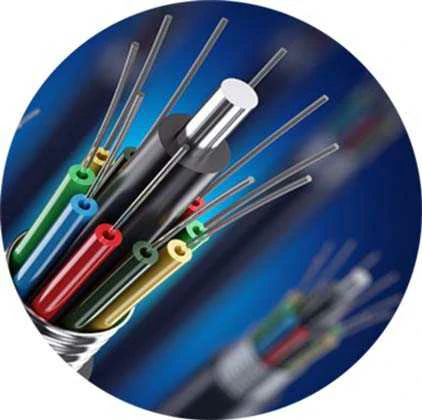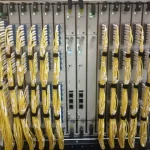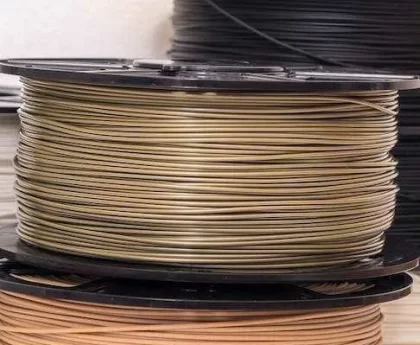Title: Exploring PoE Technical Knowledge Points
Introduction (100 words)
Power over Ethernet (PoE) technology has revolutionized the way devices are powered in various applications. This article aims to explore the technical knowledge points surrounding PoE, including its working principle, power classifications, standards, and advantages.
Working Principle of PoE (200 words)
PoE operates by combining power and data transmission over a single Ethernet cable, eliminating the need for separate power and data cables. The Power Sourcing Equipment (PSE), such as a switch or injector, supplies power to the Powered Device (PD), which can be a variety of devices like IP cameras, wireless access points, or VoIP phones. Through the negotiation process, PSE and PD agree on the power delivery capabilities, enabling the transfer of direct current (DC) power alongside the data signals.
Power Classifications and Standards (300 words)
PoE is divided into different power classifications based on the power requirements and capabilities of the devices. The classes range from 0 to 8, with Class 0 delivering up to 12.95 watts and Class 8 providing up to 90 watts of power.
The most widely adopted PoE standard is IEEE 802.3af, which supports Class 0 and Class 1 devices, delivering up to 15.4 watts of power. Another popular standard is IEEE 802.3at, also known as PoE+, which supports Class 0, Class 1, and high-power Class 2 devices, providing up to 30 watts of power. Additionally, IEEE 802.3bt, or PoE++, supports Class 0 through Class 4 devices, delivering up to 90 watts of power.
Advantages of PoE (300 words)
PoE offers several advantages that have contributed to its widespread adoption. Firstly, it simplifies installation by reducing the number of cables required and eliminating the need for additional power sources near devices. This not only reduces clutter but also makes it easier to deploy devices in areas with limited access to power outlets.
Furthermore, PoE provides flexibility and scalability, as devices can easily be relocated or added without the need for rewiring. This feature is especially beneficial in dynamic environments where rapid changes occur frequently.
Another advantage of PoE is its centralized power management capabilities. PSEs can monitor and control the power consumption of connected devices, allowing for efficient energy management and cost savings. Additionally, PoE enables remote device monitoring and troubleshooting, enhancing network management and reducing maintenance costs.
Conclusion (100 words)
Power over Ethernet technology has revolutionized the power delivery landscape by combining data and power transmission over a single cable. Understanding the working principle, power classifications, standards, and advantages of PoE is essential in deploying and managing network devices efficiently. From simplifying installations to providing flexibility and scalability, PoE offers significant benefits in various applications. As technology continues to advance, PoE is expected to play a crucial role in powering and managing the devices of the future.
.webp)





